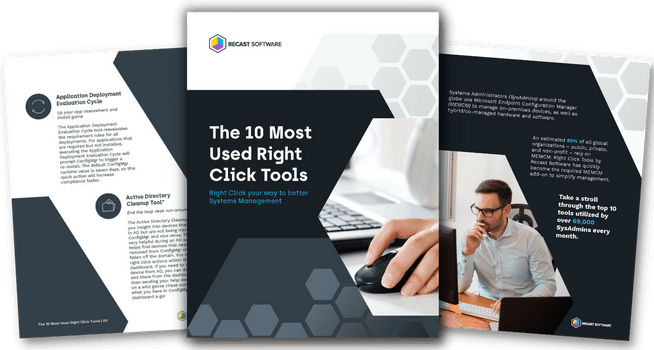Right Click Tools
Recast Community Automation Repo Now Available
Manual scripting slows projects, introduces typos, and drains team bandwidth. […]
Matt Wieland
July 10, 2025







Uncover the most used Right Click Tools as revealed by Recast’s internal data.
